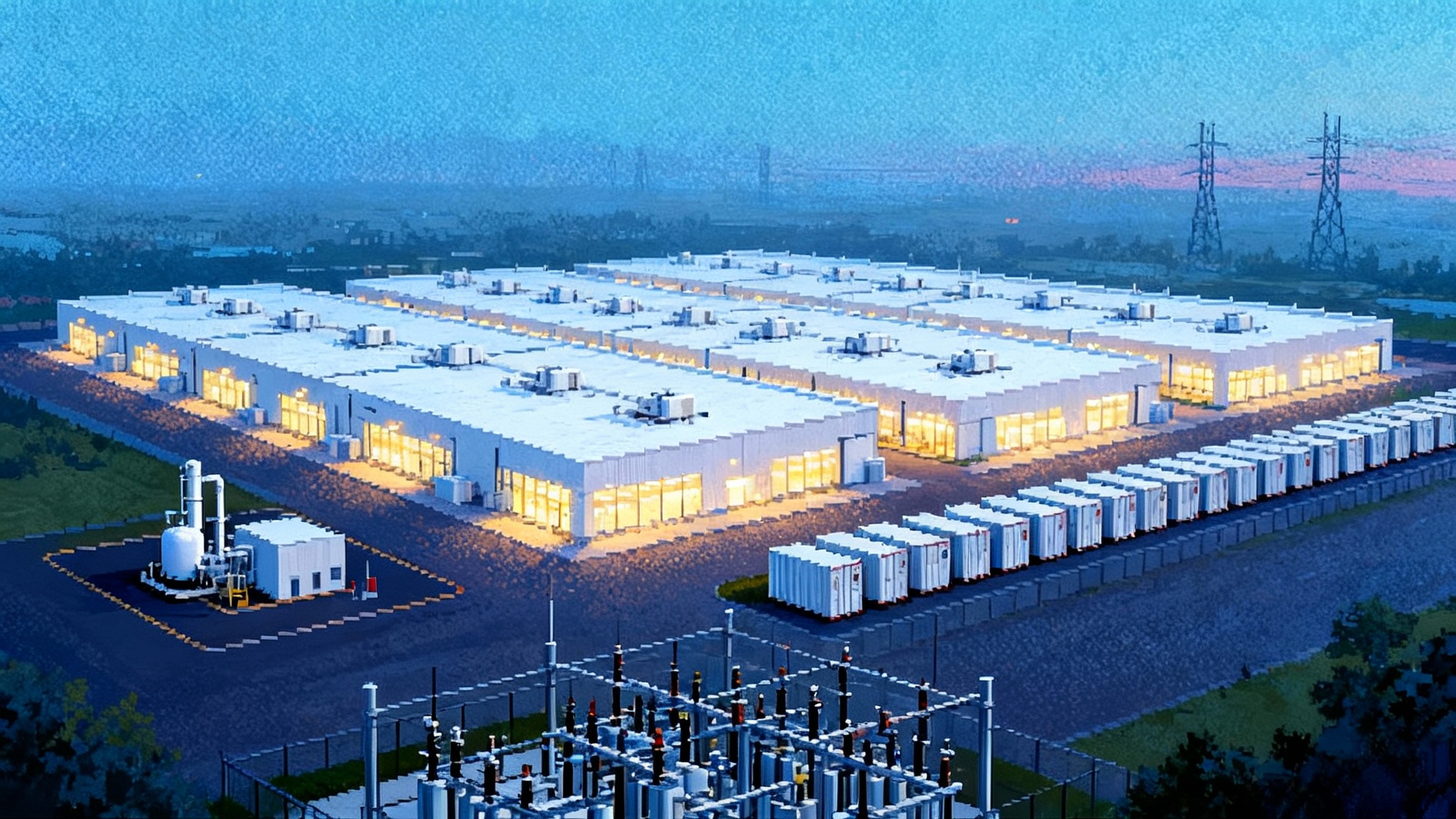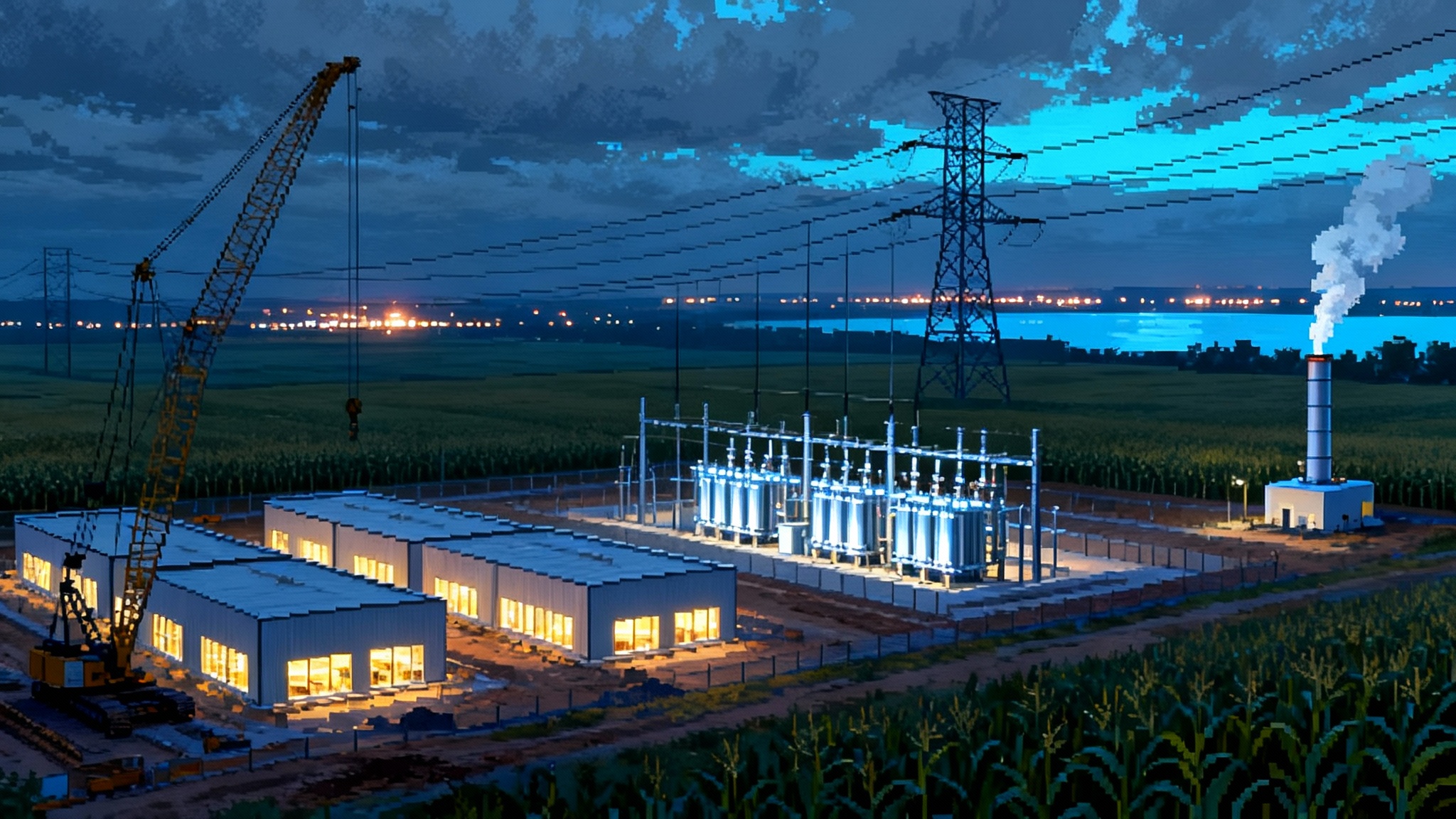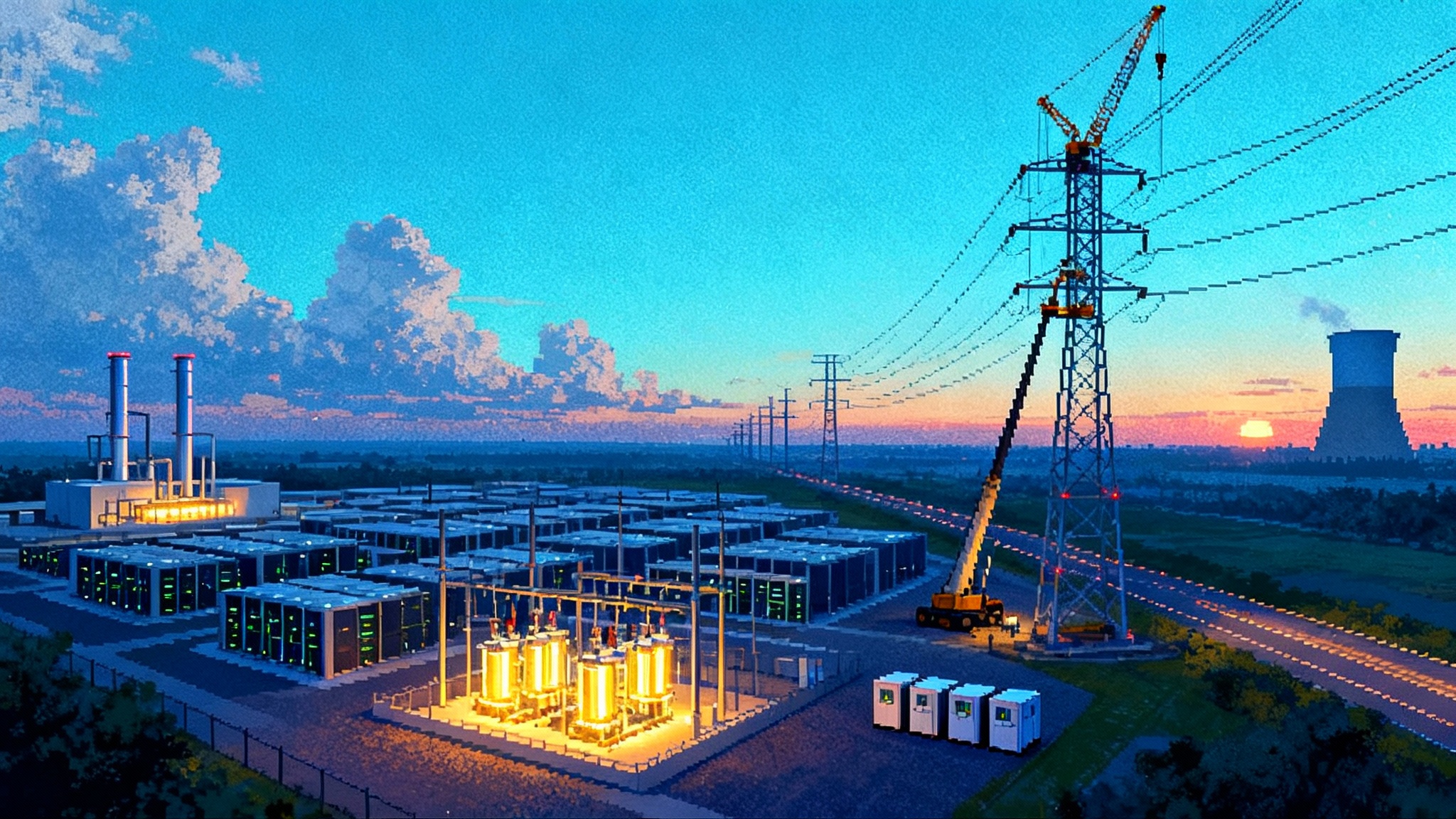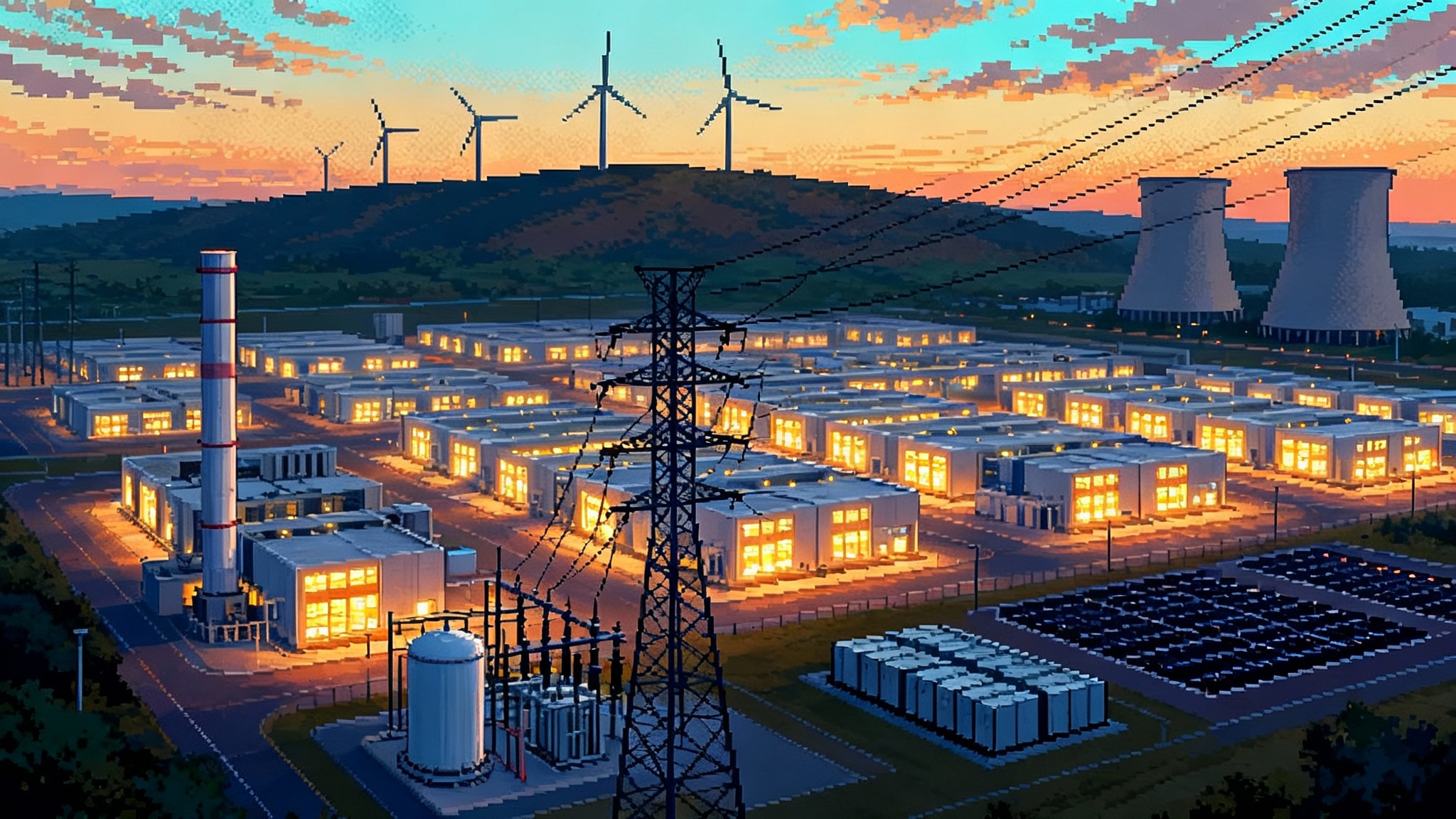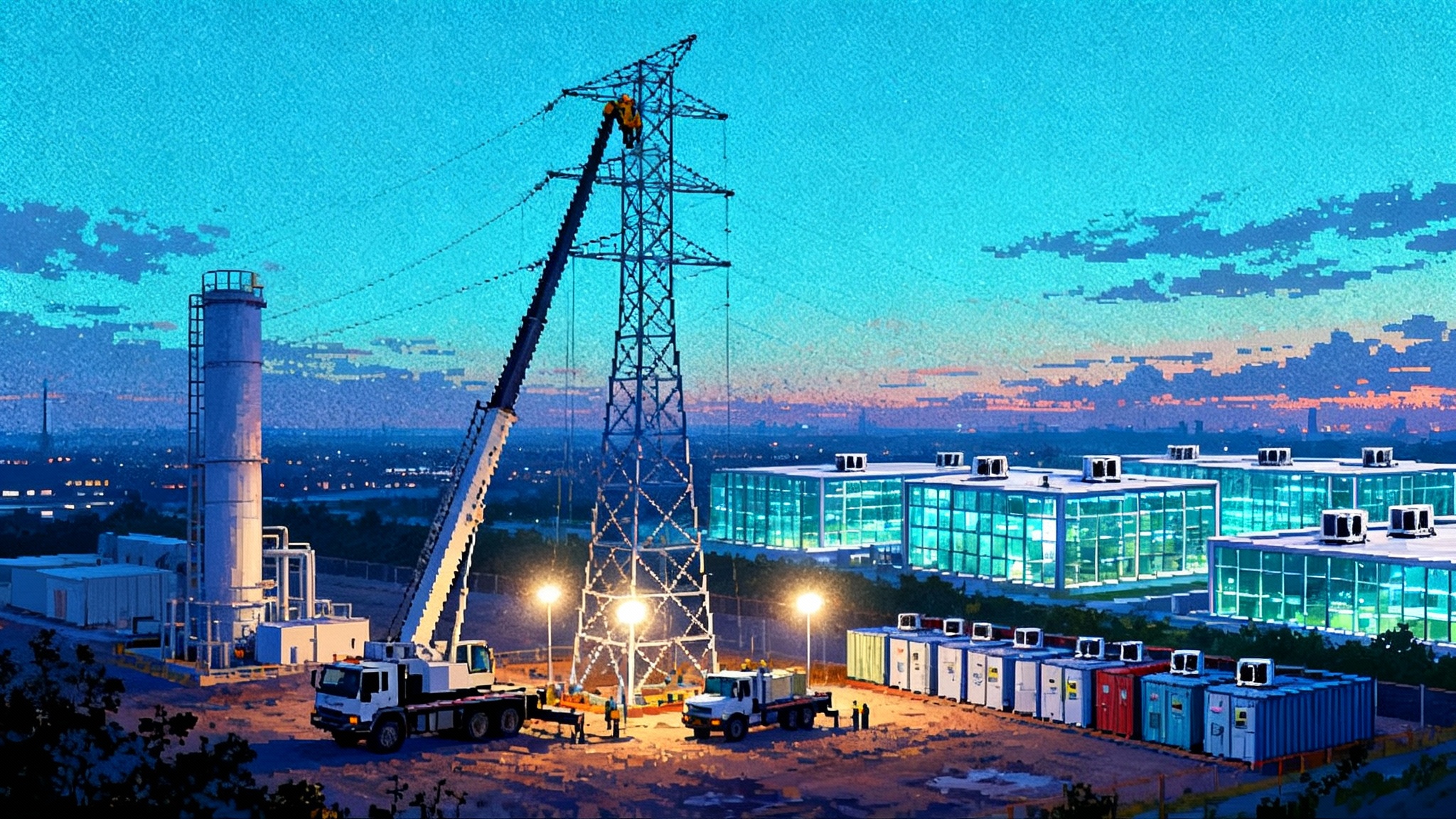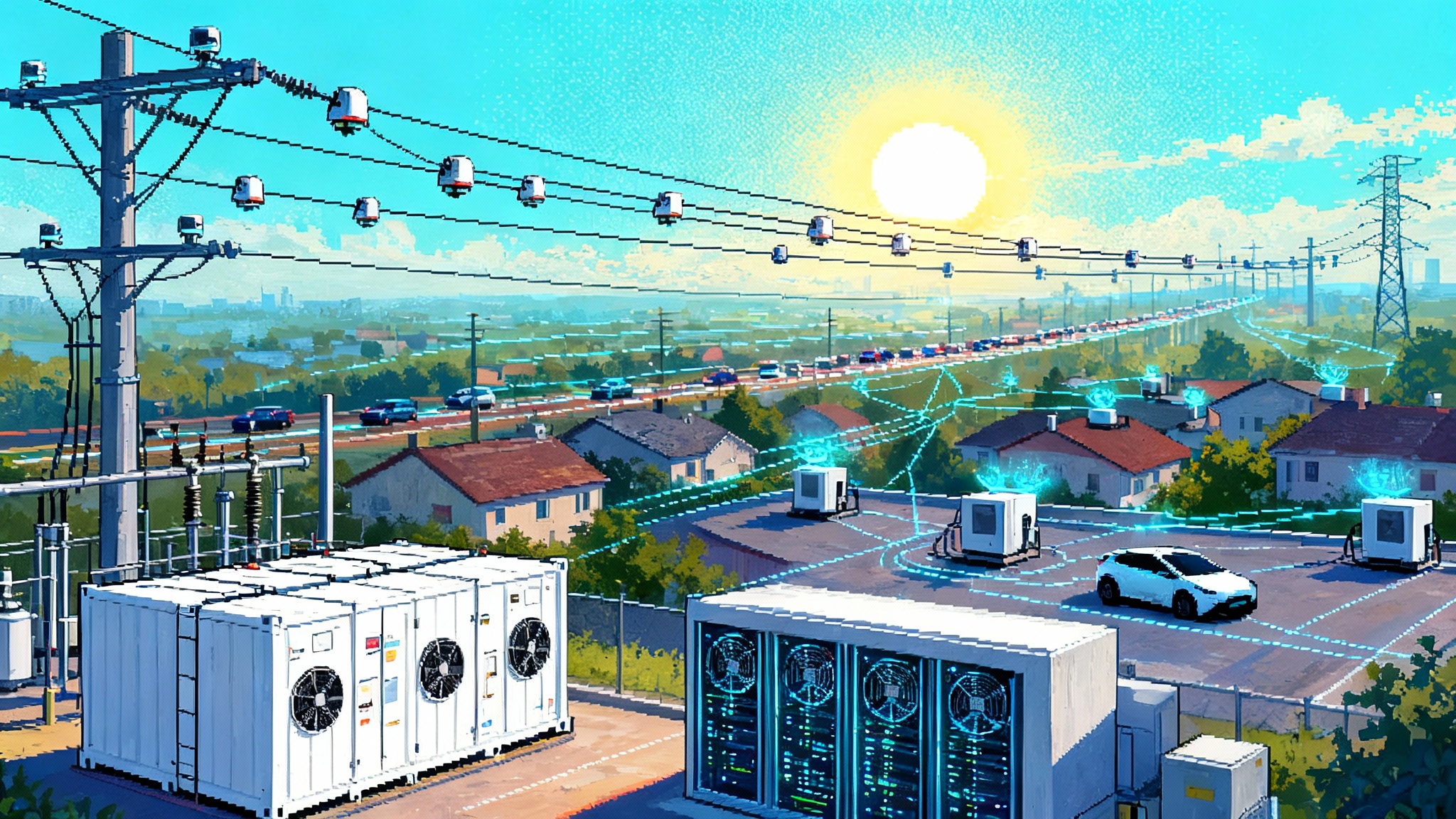Offshore wind whiplash hits New England’s grid plans
Two shocks hit New England’s offshore wind push: a federal rethink of SouthCoast Wind’s permit and a stop‑work order on Revolution Wind. We break down the legal stakes, timeline risk, REC fallout, and what fills the gap through 2035.

What just changed - and why it matters
New England’s offshore wind buildout just took two body blows. First, the Justice Department told a federal court it will seek a voluntary remand so Interior’s ocean energy regulator can reconsider its January approval of SouthCoast Wind’s Construction and Operations Plan. That approval was the final federal green light for up to 2.4 gigawatts of capacity in federal waters south of Martha’s Vineyard. The filing signals Interior’s intent to revisit whether its earlier decision met procedural and environmental standards, a high stakes step that could suspend or vacate the permit if a judge sends it back for review. See Reuters on remand and timing.
Second, Orsted’s Revolution Wind project, a 704 megawatt joint venture serving Rhode Island and Connecticut, received a federal stop work order in late August. The developer says the offshore work was roughly 80 percent complete, with 45 of 65 turbines installed, when Interior directed crews to stand down. Orsted is challenging the order in court and seeking an injunction to restart construction. The company’s notice provides the most concrete snapshot of status and impacts in Orsted's update on the pause.
Together these moves put the region’s marquee power source for the 2030s in limbo. They also land as ISO New England counts on new clean megawatts to tame volatile winter fuel costs while Massachusetts, Rhode Island, and Connecticut ratchet statutory clean energy targets. For broader grid context on state roles, see our piece on states' new leverage in grid planning.
The legal mechanics in plain English
-
Voluntary remand: When an agency asks a court for a do over on a challenged decision, it requests remand to reconsider in light of alleged errors. Courts generally grant remands unless the agency acts in bad faith or the request would be futile. Two hinge points matter for SouthCoast Wind: whether the judge remands with or without vacatur, and how long the agency’s reconsideration will take. A remand without vacatur leaves approval in force while the agency re examines it. Remand with vacatur wipes the approval off the books and resets the clock.
-
What triggers a remand: Interior’s filing suggests its January sign off may not have fully complied with environmental review or with how impacts were weighed. In practice, that can mean BOEM reopens parts of the record, adds mitigation or monitoring conditions, or re runs sections of its analysis. That ranges from months to a year if scoped narrowly, to multiple years if the court vacates and the agency must prepare new environmental documents.
-
Stop work orders: Offshore wind leases and permits incorporate conditions that allow Interior to halt activities to address conflicts with navigation, national defense, or environmental protection. Developers can seek judicial review and a preliminary injunction by arguing the order likely exceeds the agency’s authority and will cause irreparable harm. A near term hearing will test those standards for Revolution Wind. If Orsted wins a preliminary injunction, construction could resume quickly; if not, the pause could extend into 2026 pending final rulings.
What this means for the power system
ISO NE enters each winter walking a tightrope between electricity demand and the gas system’s ability to deliver fuel to power plants once heating loads surge. Last winter natural gas supplied just under half the region’s electricity while nuclear provided a bit more than a quarter, with oil and coal briefly returning during tight spells. Wholesale costs spiked as cold snaps pushed up fuel prices. Offshore wind has been the region’s best lever to cut that volatility because it produces most during shoulder and winter periods when prices are highest. Vineyard Wind’s ongoing ramp provides some relief, but SouthCoast and Revolution were supposed to move the needle meaningfully.
Order of magnitude stakes:
- Revolution Wind’s 704 MW equates to roughly 2.5 percent of regional annual load, more during windy winter peaks. If canceled or delayed into the late 2020s, ISO NE sees a small but real uptick in winter scarcity risk, greater dispatch of oil units during cold snaps, and higher capacity prices in zones most exposed to gas constraints.
- SouthCoast Wind’s up to 2.4 GW was slated to arrive in phases across the early 2030s. If the approval is vacated and the review restarts, a two to four year delay is plausible, pushing first power well into the next decade.
- Imports help but are not a panacea. The 1,200 MW NECEC line from Quebec that Massachusetts revived in 2025 is targeted for service in 2026. That will lower energy costs and emissions, yet it does not substitute for the locational and seasonal production of offshore wind near coastal load centers.
For how demand from data centers can amplify these pressures, see AI demand colliding with the grid.
State targets and exposure
-
Massachusetts: The commonwealth has a 5.6 GW offshore wind procurement mandate on the books, with additional multi state solicitations underway. Vineyard Wind’s 806 MW is advancing, but New England Wind and SouthCoast together represent several gigawatts once expected to anchor 2030 to 2035 targets. A vacatur driven reset for SouthCoast would open a two to four year hole in the development pipeline. Expect another emergency solicitation or contract extensions for in flight projects, with higher delivery risk and costs.
-
Rhode Island: The state’s 100 percent renewable electricity standard by 2033 assumed 400 MW from Revolution Wind and additional procurement of 600 to 1,000 MW. A protracted stop on Revolution creates a near term REC shortfall and increases reliance on Class I RECs from the regional market rather than in state generation. State Pier jobs and contracts are also exposed if offshore staging slows.
-
Connecticut: The state’s 304 MW Revolution tranche is a key piece of its 2030 Class I requirement and its 2040 zero carbon goal. DEEP estimates canceling Revolution would raise wholesale costs region wide by roughly half a billion dollars per year in the near term, with Connecticut bearing about a quarter of that. If the pause stretches beyond 2026, Connecticut will lean harder on imports, peakers, and new storage coming out of ISO NE auctions.
REC prices and what customers might feel
Renewable energy certificate markets are the pressure valve for state targets. When projects slip, REC supply tightens and prices climb toward each state’s Alternative Compliance Payment. That is the statutory ceiling suppliers must pay per megawatt hour if they cannot deliver enough RECs.
- Massachusetts Class I ACP sits at about 40 dollars per MWh. If SouthCoast is remanded with vacatur and other procurements stall, MA Class I prices could spend more time near that ceiling in 2026 and 2027.
- Rhode Island pegs its ACP to an inflation indexed formula that has recently landed in the low 80s dollars per MWh. A Revolution delay increases the odds Rhode Island suppliers lean on ACPs or pricier RECs in 2026 and 2027.
- Connecticut lowered its Class I ACP to 40 dollars per MWh several years ago. That cap limits worst case compliance costs for suppliers, though persistent tightness would still pressure retail rates if market RECs clear near the cap.
For a wider lens on winter gas dynamics affecting power prices, see our analysis of Europe's 2027 LNG ban.
Ports and supply chain knock ons
- New London’s State Pier: Staging, assembly, and O&M hiring tied to Revolution Wind would slow if the stop work persists into 2026, idling cranes and specialized vessels that were booked to finish turbine installation and cabling. The state and developers poured roughly 300 million dollars into the terminal’s upgrade. A drawn out pause risks demobilization penalties and re mobilization costs.
- New Bedford Marine Commerce Terminal and private terminals: SouthCoast Wind is a major prospective user. A long remand could translate to a softer project queue after Vineyard Wind, disrupting berth bookings and vendor backlogs. Smaller firms that invested in crew transfer vessels, secondary steel, and services would face a gap year or more.
- Component supply: Prysmian’s Brayton Point cable plant and other emerging suppliers count on a steady cadence of projects. Extended uncertainty complicates hiring and capital planning and could push some sub suppliers to chase work in Europe rather than wait out U.S. legal cycles.
- Labor: Union halls have ramped up training for offshore construction and maintenance. Intermittent pauses risk attrition as workers drift to other sectors if schedules slip repeatedly.
Who fills the gap through 2035 - three scenarios
Assumptions: ISO NE’s current demand outlook with electrification nudging load upward over the decade and NECEC entering service around 2026.
1) Fast rebound
- Legal outcomes: Court grants a preliminary injunction for Revolution by late September, construction resumes in Q4 2025, COD in H2 2026. SouthCoast remand is granted without vacatur with a focused supplement to the record, decision in 2026, notice to proceed in 2027, first power around 2030.
- Grid mix: Vineyard Wind reaches full output in 2025. Revolution’s 704 MW comes online in 2026. SouthCoast phases in 2029 to 2032. Gas remains the marginal fuel in winters, but wind and NECEC imports suppress the worst price spikes. Winter oil burn declines versus recent years. Capacity prices remain moderate.
- REC market: Massachusetts, Connecticut, and Rhode Island see REC tightness through 2026, then a step down as Revolution and incremental solar and storage add supply. Prices hover below ACPs in 2027 and beyond.
- Ports and supply chain: Minimal scarring. State Pier and New Bedford run close to plan with a short hiccup. Contractors stay mobilized. Financing costs stabilize for late decade projects.
2) Prolonged limbo
- Legal outcomes: Revolution remains paused through mid 2026 while litigation proceeds. Work restarts late 2026, COD in 2028. SouthCoast is remanded with vacatur; BOEM conducts a broader supplemental review and issues a new decision in 2027 or 2028, shifting first power to 2032 or later.
- Grid mix: Vineyard Wind ramps, but a 2026 to 2028 gap opens where gas and imports carry more load in winter. Batteries that cleared in recent ISO NE auctions help with short duration peaks, yet they cannot replace multi day wind output. NECEC backfills some energy, especially in shoulder seasons.
- REC market: Class I REC prices in Massachusetts and Connecticut press toward 40 dollars per MWh in 2026 to 2028. Rhode Island REC costs rise more given a higher ACP, nudging retail rates. Retail suppliers lean on banking and multi state REC arbitrage to smooth costs.
- Ports and supply chain: State Pier experiences a partial demobilization in 2026, with re mobilization for late construction and early O&M. New Bedford sees a slower post Vineyard schedule, forcing smaller vendors to bridge a year or more.
3) Hard stop
- Legal outcomes: The stop work order survives court challenge and Revolution is canceled in 2026. SouthCoast’s COP is vacated and BOEM’s reconsideration ends in a new decision that imposes additional constraints, effectively delaying the project into the 2030s or prompting a redesign.
- Grid mix: By 2030, Vineyard Wind and other smaller additions are online, but the region relies more on gas, demand response, and short duration batteries. NECEC delivers 1,200 MW of imports that keep energy costs in check, yet winter reliability still depends on fuel logistics. ISO NE may expand seasonal preparedness programs if severe cold drives oil runs.
- REC market: Persistent tightness lifts Massachusetts and Connecticut REC prices to ceilings and keeps Rhode Island REC costs elevated. Large green power buyers rely more on voluntary national RECs to meet corporate goals. States respond with new solicitations and a bigger tilt toward onshore resources and storage.
- Ports and supply chain: State Pier and New Bedford pivot to O&M and smaller staging contracts, but the assembly cadence drops. Suppliers redeploy to other regions or export markets. Some union workers exit to steadier trades.
What to watch next
- The court calendar: A preliminary injunction hearing for Revolution will indicate how quickly work might resume. For SouthCoast, the judge’s disposition on remand and whether vacatur is ordered will set the development clock.
- Agency scope: BOEM’s notice about what exactly it will revisit in SouthCoast’s record will signal whether this is a narrow fix or a deeper rebuild.
- State procurement moves: Massachusetts, Rhode Island, and Connecticut can blunt risk with targeted re procurements, contract extensions, or adders that secure supply chain availability despite policy uncertainty.
- Capacity auctions and storage: ISO NE’s next auction results will show whether more batteries and demand response continue to clear. Those resources are critical to shaving winter peaks if big wind units slip. For the federal policy backdrop, see states' new leverage in grid planning and our take on Speed to Power and the AI grid push.
Bottom line
This is a real reset for U.S. offshore wind’s development pace in New England, but not an existential one for reliability. If courts allow Revolution to restart quickly and BOEM confines SouthCoast’s redo, the region can still enter the 2030s with a cleaner, more balanced mix. If both projects stall deep into the decade, customers will feel it mostly through winter price spikes and higher REC costs, while ports and local suppliers endure a costly stop start cycle. The grid will stay reliable either way. The difference is how much we pay, how often we burn oil on cold nights, and how quickly coastal states meet their own laws.
